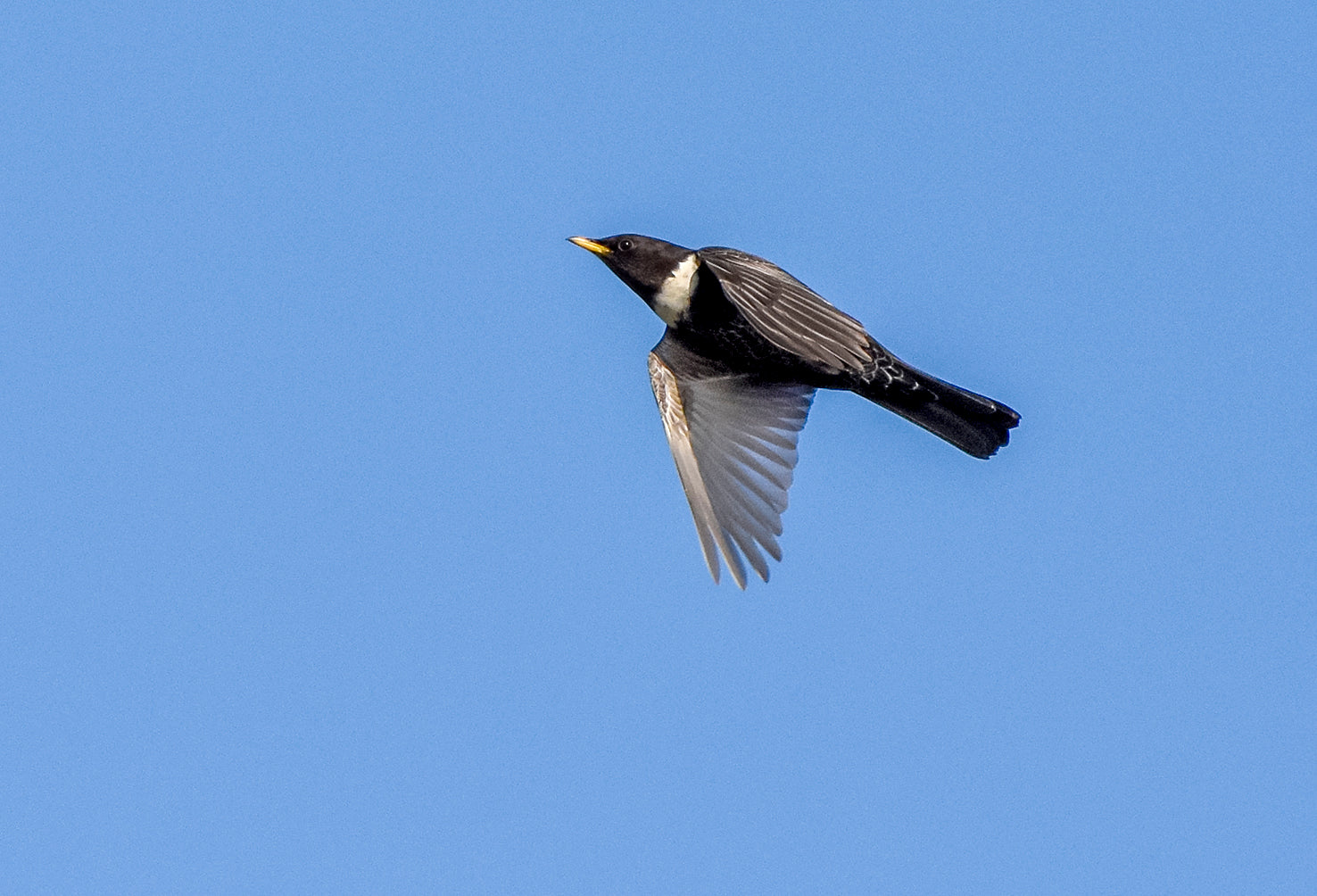
m) Ring Ouzel Turdus torquatus Cabriz, Sintra, Portugal, 03:11, 29 October 2011 (Magnus Robb). Single prrrt-prrt-type flight call of a nocturnal migrant. 111029.MR.031116.22

n) Ring Ouzel Turdus torquatus Es Castell, Menorca, Spain, 05:07, 13 October 2020 (Magnus Robb). Single prrrt-prrt-type flight call of a nocturnal migrant. 201013.MR.050753.01

o) Ring Ouzel Turdus torquatus Es Castell, Menorca, Spain, 03:54, 13 October 2020 (Magnus Robb). Single prrrt-prrt-type flight call of a nocturnal migrant. 201013.MR.035405.01

p) Ring Ouzel Turdus torquatus Sagres, Vila do Bispo, Portugal, 21:26, 11 November 2020 (GM). Single prrrt-type flight call of a nocturnal migrant. 201111.MR.212630.02

q) Ring Ouzel Turdus torquatus Es Castell, Menorca, Spain, 03:54, 13 October 2020 (Magnus Robb). Four prrrt-type flight calls of a nocturnal migrant. First call shown. Background: Song Thrush T philomelos and European Tree Cricket Oecanthus pellucens. 201013.MR.033624.02

r) Ring Ouzel Turdus torquatus Sagres, Vila do Bispo, Portugal, 21:44, 11 November 2020 (GM). Single flight call of a nocturnal migrant, combining a prrrt-like first note with two tak notes. 201111.MR.214448.02


